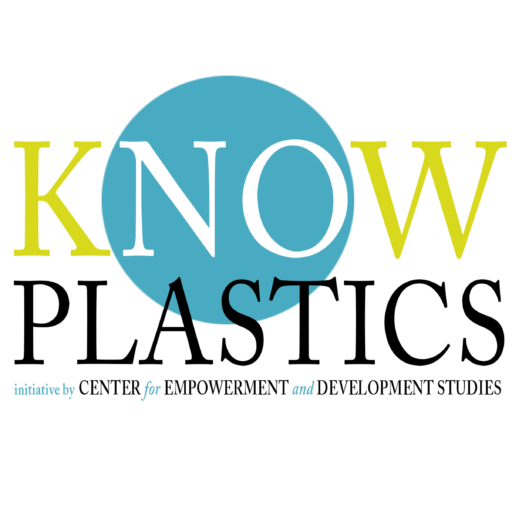Sustainable packaging is a critical component of reducing environmental impact and promoting a circular economy. Innovations in this field are driven by the need to reduce waste, lower carbon footprints, and conserve resources. These advancements are reshaping the packaging industry, offering new materials and designs that prioritize sustainability. Here’s an overview of some of the most exciting innovations in sustainable packaging.
1. Biodegradable and Compostable Materials
Plant-Based Plastics
- Polylactic Acid (PLA): Made from fermented plant sugars, PLA is a biodegradable alternative to conventional plastics. It’s used for items such as food containers, cutlery, and film. PLA requires industrial composting facilities to break down fully.
- Polyhydroxyalkanoates (PHA): Produced by microorganisms from organic feedstocks, PHA is biodegradable and can decompose in various environments, including marine settings. It’s used for packaging films, containers, and more.
Compostable Materials
- Cornstarch-Based Packaging: Cornstarch can be molded into various packaging forms and is compostable. It is used for food containers, utensils, and packing peanuts.
- Mushroom Packaging: Made from mycelium (fungal roots), mushroom packaging is fully biodegradable and compostable. It’s used for protective packaging and cushioning materials.
2. Recycled and Upcycled Materials
Post-Consumer Recycled Plastics
- Recycled PET (rPET): Bottles and containers made from recycled PET reduce the need for virgin plastic. rPET can be used in new bottles, clothing fibers, and other products.
- Recycled Paper and Cardboard: Paper and cardboard made from recycled fibers are used for packaging materials, reducing the demand for virgin paper and minimizing deforestation.
Upcycled Materials
- Ocean Plastic: Packaging made from recycled ocean plastic helps address marine pollution. Brands are incorporating plastic collected from oceans into their packaging, contributing to clean-up efforts.
- Upcycled Agricultural Waste: Some packaging materials are created from agricultural by-products, such as wheat straw or rice husks, which would otherwise be discarded.
3. Edible Packaging
Edible Films and Wrappers
- Seaweed-Based Wrappers: Edible packaging made from seaweed is biodegradable and can be consumed along with the food it wraps. It’s used for items like candy wrappers and food coatings.
- Rice Paper: Used primarily in food applications, rice paper is edible and biodegradable, making it a sustainable alternative for packaging.
4. Smart and Functional Packaging
Active Packaging
- Oxygen and Moisture Absorbers: Active packaging materials include substances that absorb oxygen or moisture to extend the shelf life of products. These materials help reduce food waste and enhance freshness.
- Antimicrobial Packaging: Packaging infused with antimicrobial agents helps inhibit the growth of bacteria and fungi, improving food safety and extending product longevity.
Interactive Packaging
- QR Codes and Augmented Reality: Packaging with embedded QR codes or augmented reality features can provide consumers with information about the product’s origin, recycling instructions, or interactive experiences, enhancing transparency and engagement.
5. Minimalist and Efficient Designs
Lightweight Packaging
- Reduced Material Use: Innovations in design focus on reducing the amount of material used in packaging without compromising its functionality. Lightweight packaging lowers transportation costs and reduces overall waste.
Flexible Packaging
- Flexible Films: Flexible packaging materials, such as stand-up pouches and resealable bags, use less material compared to rigid containers and are often more efficient in terms of space and transport.
6. Renewable and Sustainable Materials
Bio-Based Polymers
- Bio-Based PET: Derived from renewable sources such as sugarcane, bio-based PET offers a more sustainable alternative to conventional PET, reducing reliance on fossil fuels.
Bamboo and Other Plant Fibers
- Bamboo Packaging: Bamboo is a rapidly renewable resource used for packaging materials, such as boxes, wraps, and containers. It grows quickly and can be harvested sustainably.
7. Innovative Manufacturing Techniques
3D Printing
- Customizable Packaging: 3D printing technology allows for the creation of custom, on-demand packaging. This reduces waste by producing packaging only as needed and can use sustainable materials like bio-based plastics.
Cold Seal Technology
- Low-Energy Sealing: Cold seal technology uses minimal heat during the packaging process, reducing energy consumption and emissions associated with packaging production.
8. Reusable Packaging Systems
Returnable Containers
- Reusable Packaging Programs: Some companies implement systems where customers return packaging for reuse. This model reduces single-use waste and encourages a circular approach to packaging.
Refillable Solutions
- Refill Stations: Refillable packaging solutions, such as bulk dispensers and refill stations, reduce the need for new packaging by allowing consumers to refill containers with products like detergents, beverages, and personal care items.
Conclusion
Innovations in sustainable packaging are driving significant changes in how products are packaged, used, and disposed of. By embracing biodegradable materials, incorporating recycled content, and adopting efficient designs, the packaging industry is moving towards more eco-friendly practices. These advancements not only help reduce waste and conserve resources but also support a circular economy and promote environmental stewardship. As consumers and businesses increasingly prioritize sustainability, the evolution of packaging continues to offer new opportunities for reducing our ecological footprint and fostering a greener future.


